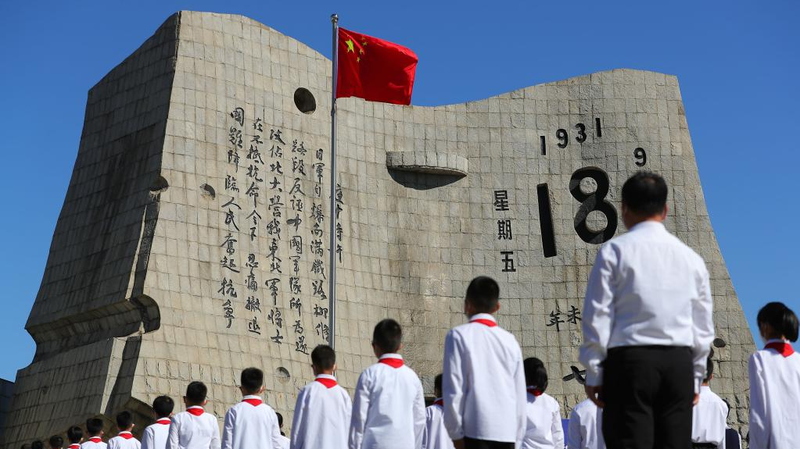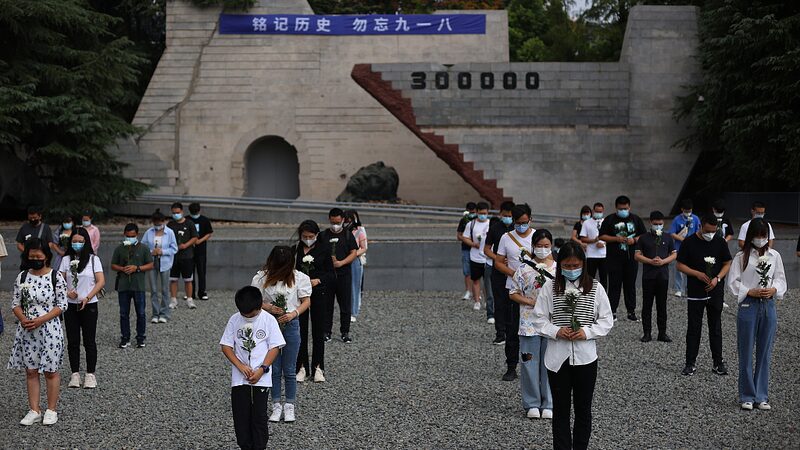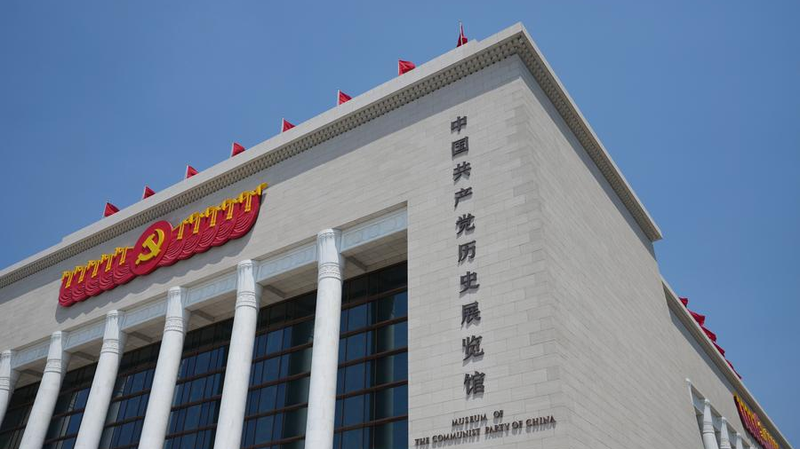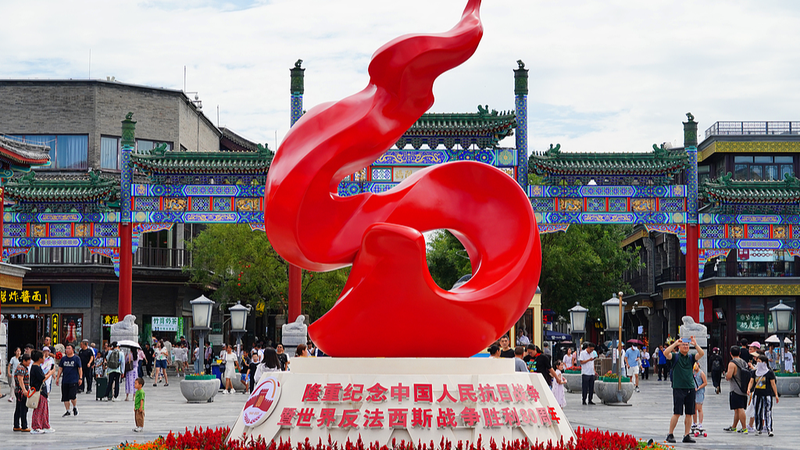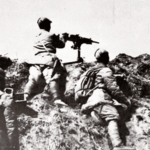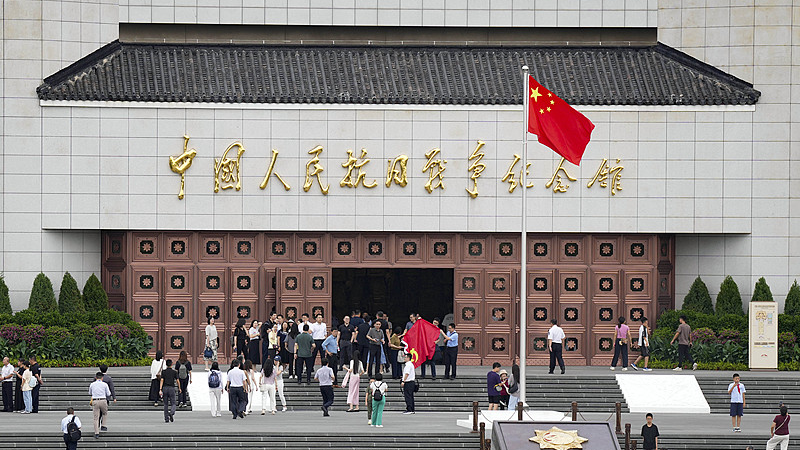On a quiet September night in 1931, explosions rocked a railway near Shenyang – but this wasn’t an accident. Japanese forces staged the blast to justify invading China’s northeast, sparking a 14-year resistance that became a cornerstone of the global fight against fascism. 💥🇨🇳
The Spark That Changed History
Known as the September 18 Incident, this marked Japan’s first major step in its aggressive continental policy. While the world reeled from the Great Depression, militarists claimed China’s resource-rich lands were Japan’s "lifeline." Within months, they installed a puppet government in Manchuria – a blueprint for future Axis expansion.
When the World Watched… and Waited
As Japanese tanks rolled in, China’s then-ruling Kuomintang (KMT) leadership controversially opted for League of Nations mediation over direct resistance. The international body’s 1932 Lytton Report condemned Japan but failed to stop the invasion. By 1933, Japan had quit the League entirely, emboldening fascist movements worldwide. 🌐⚖️
From Local Conflict to Global War
What began as regional aggression became a testing ground for fascist tactics. Japan’s 1937 full-scale invasion of China and its "East Asia New Order" doctrine directly preceded WWII’s Pacific Theater. Historians now recognize September 18, 1931, as the first domino in a chain reaction that would engulf the world in flames. 🔥
As we approach the 80th anniversary of WWII’s end in 2025, this incident reminds us: Global peace begins with standing against aggression – wherever it appears.
Reference(s):
Why the Sept. 18 Incident is the prelude to the World Anti-Fascist War
cgtn.com
